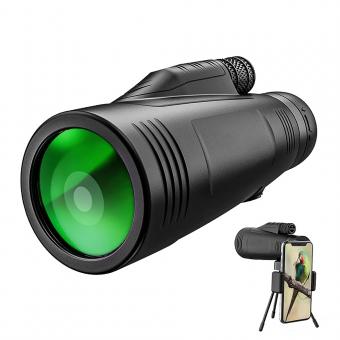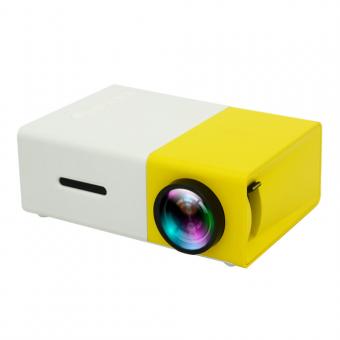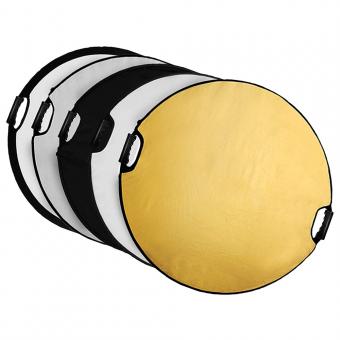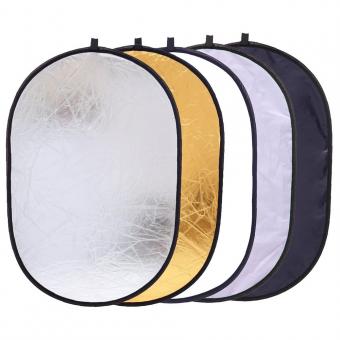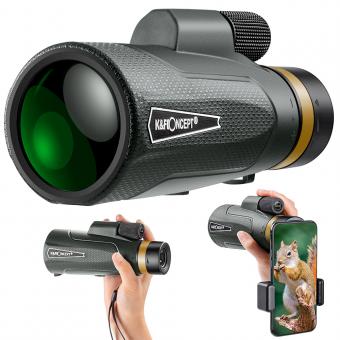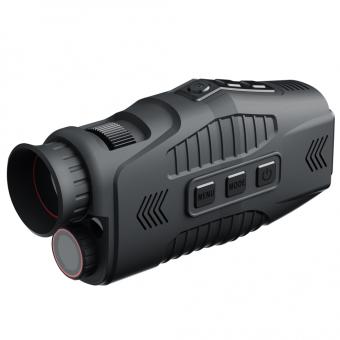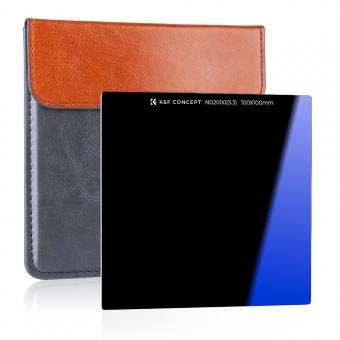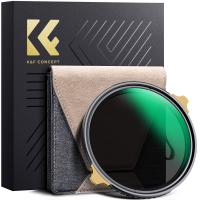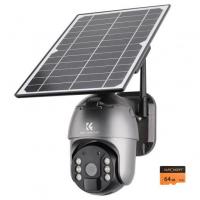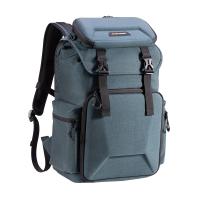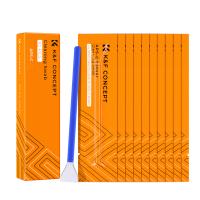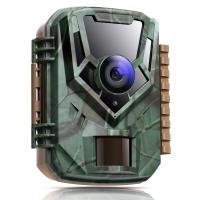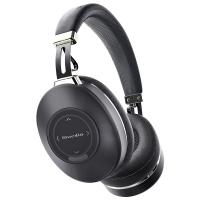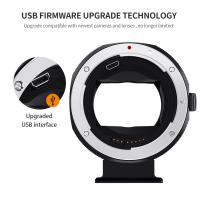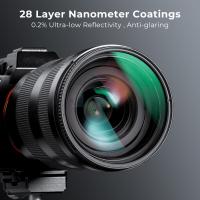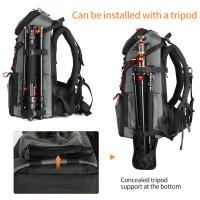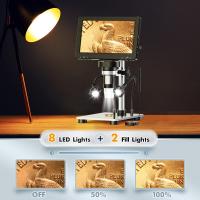What Does 80 X 100 Monocular Mean?
80 x 100 monocular refers to a type of monocular telescope that has a magnification power of 80x and an objective lens diameter of 100mm. This means that the monocular can magnify an object up to 80 times its original size and has a large objective lens that allows for a brighter and clearer image. Monoculars are often used for outdoor activities such as bird watching, hiking, and camping, as they are lightweight and easy to carry. The 80 x 100 monocular is a high-powered option that can provide a detailed view of distant objects.
1、 Magnification
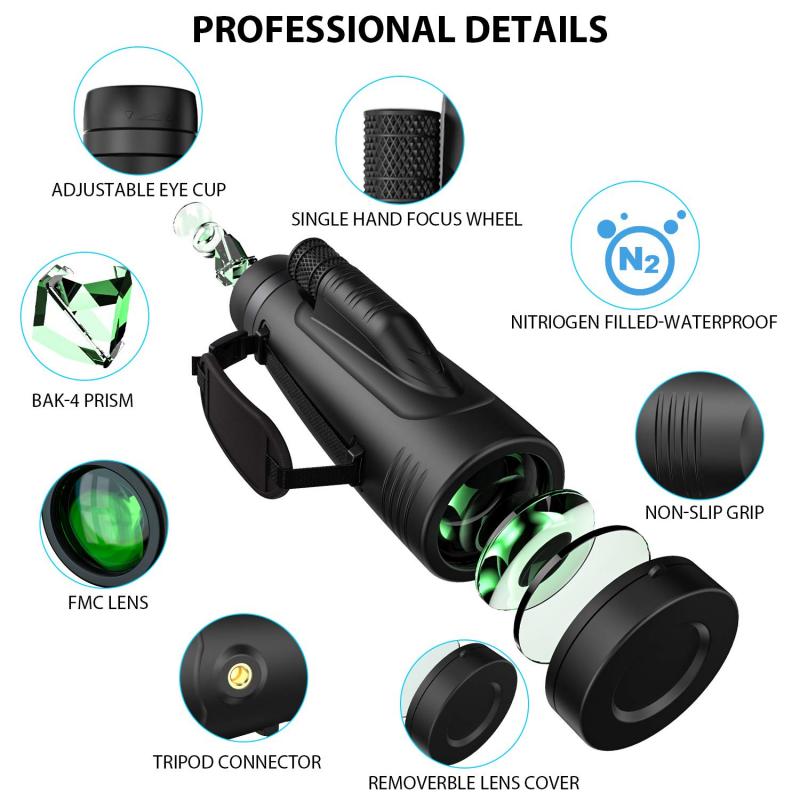
What does 80 x 100 monocular mean? The answer is magnification. A monocular is a type of telescope that is designed to be used with one eye. The numbers 80 x 100 refer to the magnification and the objective lens diameter, respectively. The magnification of 80 means that the image you see through the monocular will appear 80 times closer than it would with the naked eye. The objective lens diameter of 100mm refers to the size of the lens at the front of the monocular. A larger objective lens diameter allows more light to enter the monocular, resulting in a brighter and clearer image.
Monoculars are popular among outdoor enthusiasts, bird watchers, and hunters because they are lightweight and easy to carry. They are also useful for people who have difficulty using binoculars due to eye problems or other issues. Monoculars can be used for a variety of activities, including hiking, camping, and wildlife observation.
In recent years, monoculars have become more advanced with the addition of features such as image stabilization and night vision. Some monoculars also have the ability to take photos or record video, making them a versatile tool for capturing memories or documenting wildlife sightings.
Overall, the 80 x 100 monocular is a powerful tool for magnifying distant objects and is a great option for anyone looking for a lightweight and portable telescope.
2、 Field of View
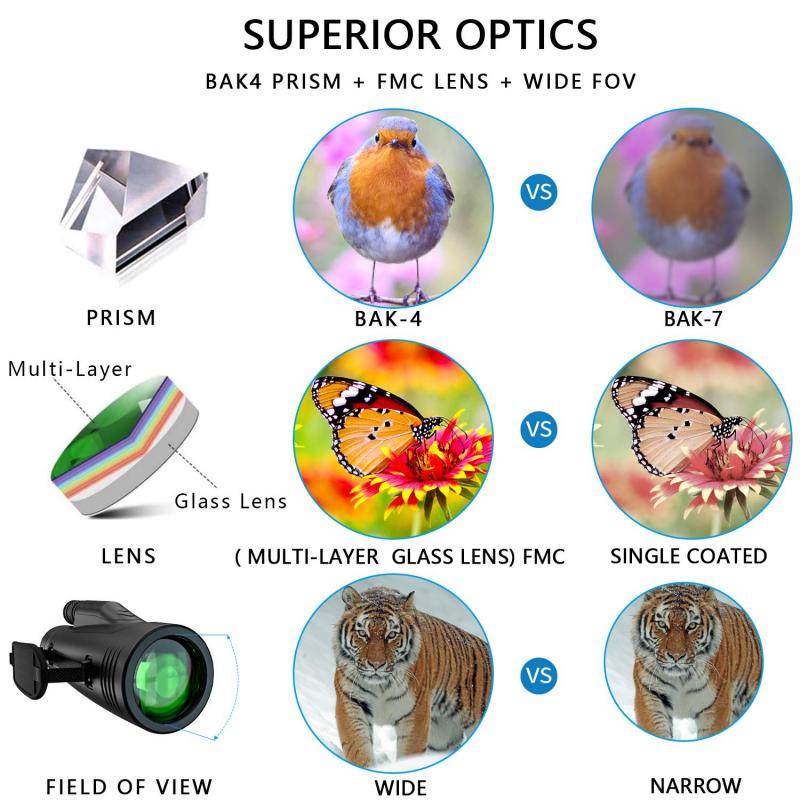
"What does 80 x 100 monocular mean?" The answer to this question is "Field of View." The 80 x 100 monocular refers to the magnification and objective lens diameter of the monocular. The number 80 represents the magnification power of the monocular, while the number 100 represents the diameter of the objective lens in millimeters.
The field of view is the area that can be seen through the monocular at a specific distance. The field of view is affected by the magnification power and the diameter of the objective lens. A higher magnification power will result in a narrower field of view, while a larger objective lens diameter will result in a wider field of view.
The 80 x 100 monocular is a powerful tool for observing distant objects. It provides a magnification power of 80x, which means that objects appear 80 times closer than they actually are. The 100mm objective lens diameter allows for a wider field of view, making it easier to locate and track objects.
In addition to the field of view, other factors to consider when choosing a monocular include the quality of the optics, the durability of the construction, and the ease of use. The latest point of view is that monoculars are becoming increasingly popular among outdoor enthusiasts, bird watchers, and nature lovers. They are lightweight, compact, and easy to carry, making them a convenient alternative to binoculars. With advancements in technology, monoculars are now available with features such as image stabilization, night vision, and digital zoom, making them even more versatile and useful.
3、 Objective Lens Diameter
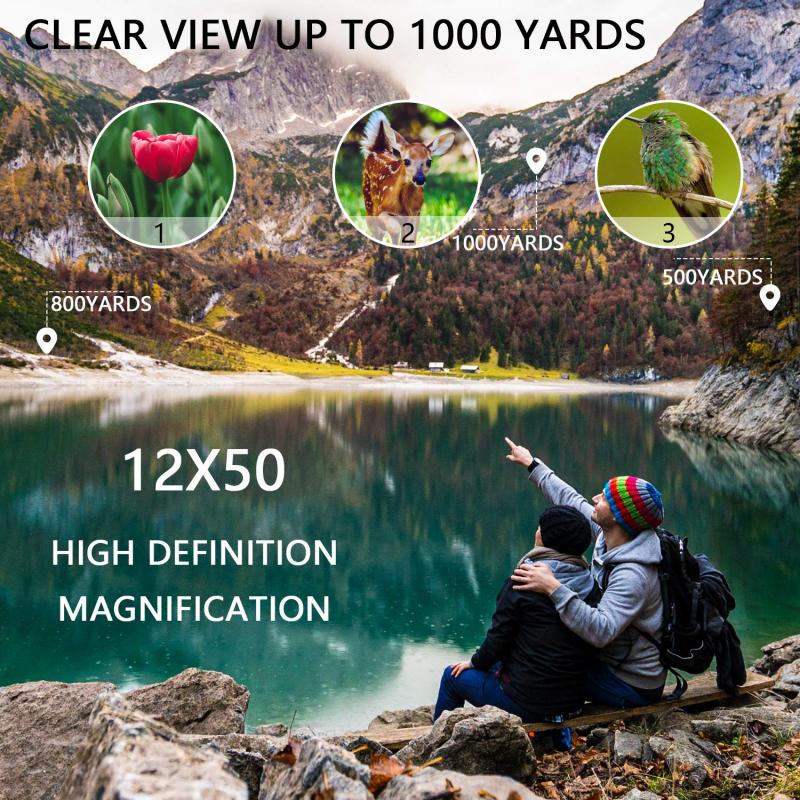
"What does 80 x 100 monocular mean?" The answer to this question is "Objective Lens Diameter." The numbers 80 x 100 refer to the objective lens diameter of the monocular. The first number, 80, represents the diameter of the objective lens in millimeters, while the second number, 100, represents the magnification power of the monocular.
The objective lens diameter is an important factor to consider when choosing a monocular. A larger objective lens diameter allows more light to enter the monocular, resulting in a brighter and clearer image. This is particularly important in low-light conditions, such as at dawn or dusk, or when observing objects in shaded areas.
In addition to the objective lens diameter, other factors to consider when choosing a monocular include the magnification power, the quality of the optics, and the durability of the device. Some monoculars also come with additional features, such as image stabilization or waterproofing, which can be useful in certain situations.
Overall, the 80 x 100 monocular is a high-quality device that is well-suited for a variety of outdoor activities, such as birdwatching, hiking, and camping. Its large objective lens diameter and high magnification power make it ideal for observing distant objects with clarity and detail.
4、 Eye Relief
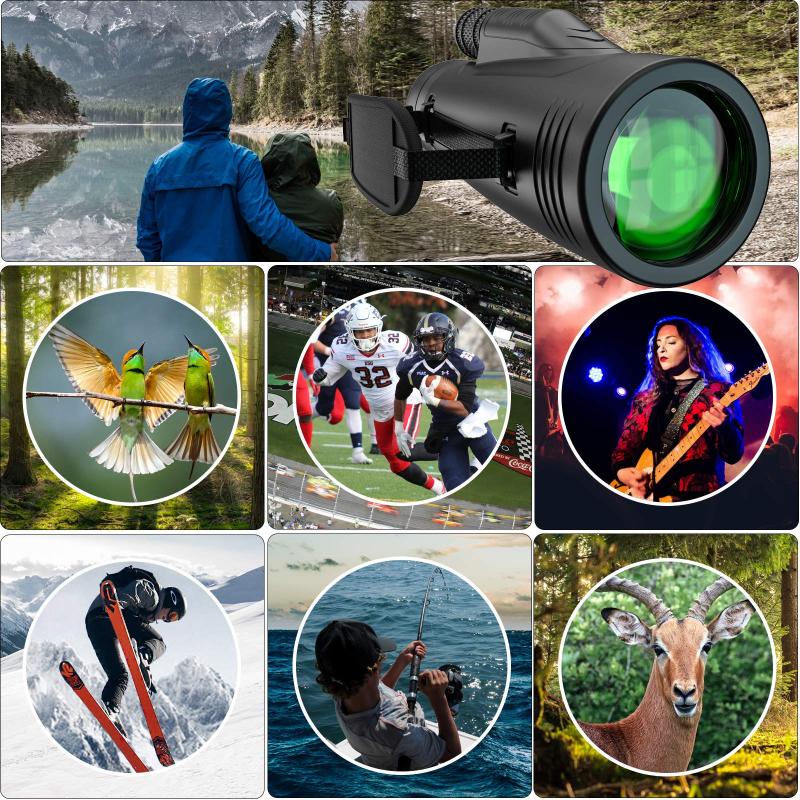
"What does 80 x 100 monocular mean?" is a question that is often asked by people who are interested in purchasing a monocular. The answer to this question is that 80 x 100 monocular refers to the magnification and objective lens diameter of the monocular. The number 80 represents the magnification power of the monocular, while the number 100 represents the diameter of the objective lens in millimeters.
However, it is important to note that the magnification power and objective lens diameter are not the only factors that determine the quality of a monocular. Eye relief is another important factor to consider when choosing a monocular.
Eye relief refers to the distance between the eyepiece and the eye when the monocular is in use. A monocular with a longer eye relief is more comfortable to use, especially for people who wear glasses. It also reduces the risk of eye strain and fatigue.
In recent years, there has been a trend towards monoculars with higher magnification and larger objective lens diameters. While these features can provide a clearer and brighter image, they can also make the monocular heavier and more difficult to use. Therefore, it is important to consider all factors, including eye relief, when choosing a monocular that is right for you.

